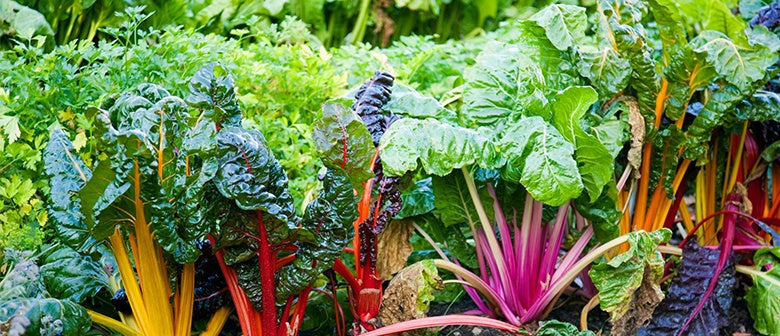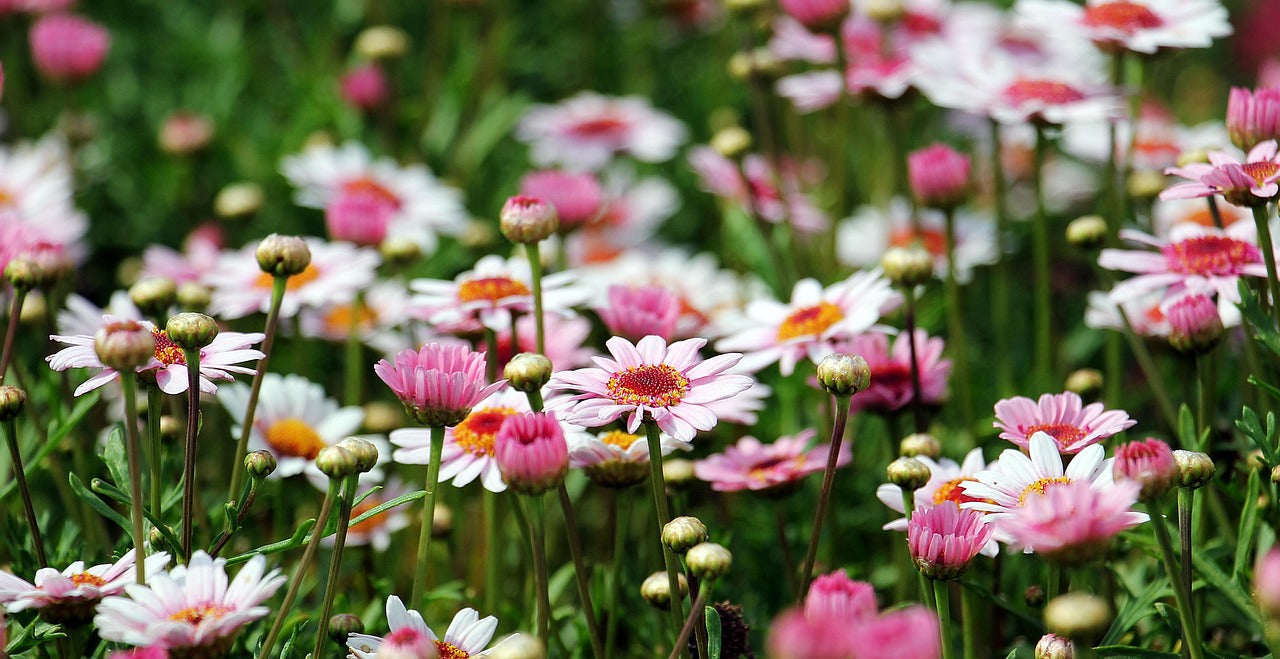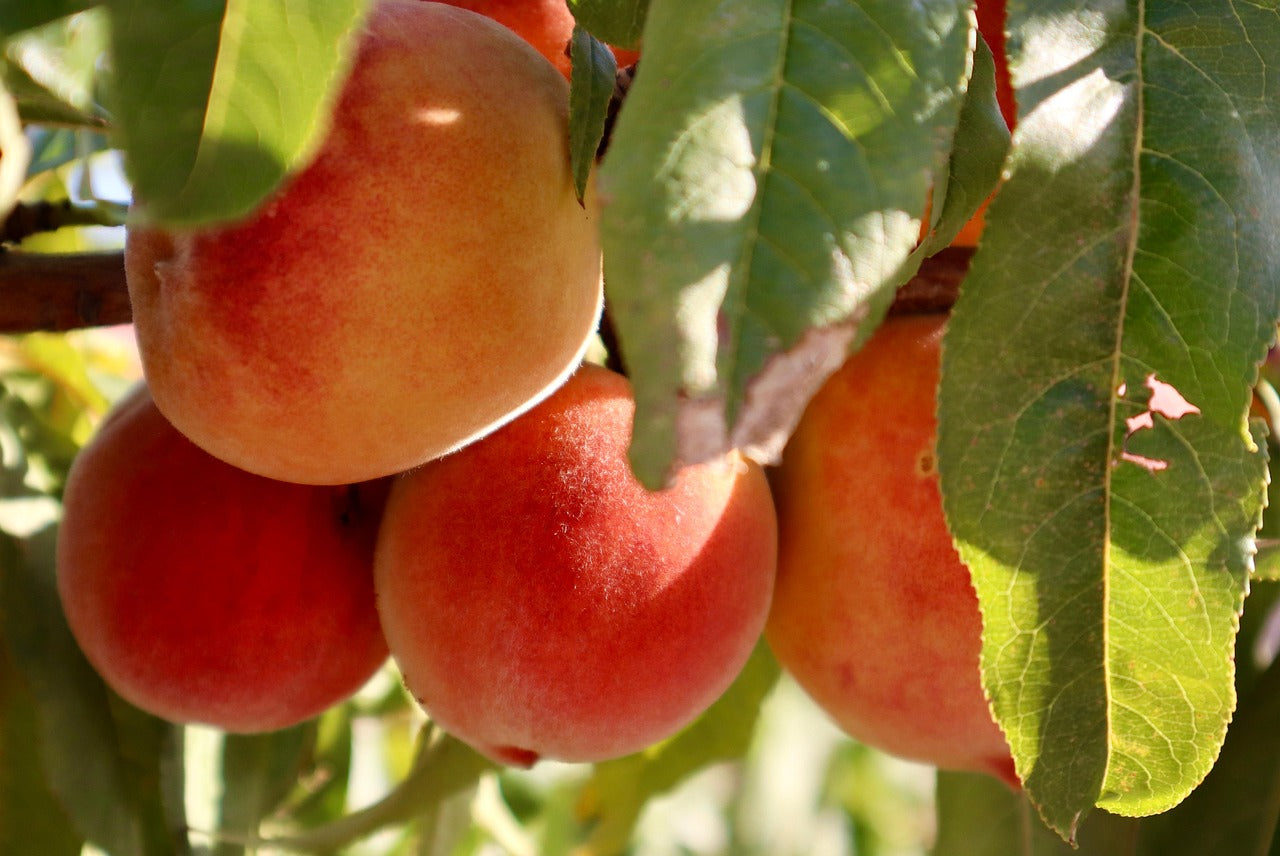Leafy greens is a general terms that refers to the leafy garden goodness that is spinach, silverbeet, kale, rocket, lettuce mesclun and more. They’re characteristically easy to grow, are a garden staple year round and are extremely versatile. Here’s our guide on how to grow leafy greens in your garden.
Where to Plant Leafy Greens
First thing you need to do is pick a spot to grow leafy greens in your patch. A place with at least six hours of sunlight is best. You don’t need a big space. You can grow leafy greens in the soil you already have, just make sure you add sheep manure and compost before planting. Blood and bone and lime are also good additives to help your leafy greens thrive.
Raised gardens are a great place to grow leafy greens as they keep things neat and tidy, aid in drainage of the soil and it’s very easy to get to everything when it comes to harvesting. Containers are also a good option when it comes to the salad garden, especially if you lack space.
Once you have your position picked out and have added those goodies to the soil to make for happy plants, the next thing you need to ask yourself is what you actually want to grow. First time gardeners may prefer to grow from seedlings rather than seed at first. Here are some ideas on what leafy greens to grow:
Kale
Kale is one of the easiest vegetables to grow. Kale grows really well in winter but you can grow it at all times of the year. The biggest problem in the heat of summer is white fly, which you can combat with an organic insecticide and also regular liquid feeding helps. There are a few different varieties of kale but one of our favourites is “squire” kale which is also known as “curly” kale as its more compact for a small space. Kale is known as a super food and there is many health benefits to including this one in your leafy green garden.
Lettuce
Opt for loose leaf lettuces as you can continue to pick these, they also take less room in the garden than heading varieties. There is a variety of different colours, tastes and textures to choose from so you can make your salads quite interesting.
Some good beginner lettuce varieties are buttercrunch, which has soft green leaves and can be grown at all times of the year. Cos lettuce which is a crisp upright lettuce. There is a lot of choice so have fun choosing your favourite.
Grow lettuce in two week intervals to make sure you always have some to harvest. Good drainage is a must for lettuce as they hate having wet feet. Make sure to prevent the slugs and snails from eating them by using Tui Quash Slug and Snail Control pellets.
Rocket
Rocket provides a stronger, peppery taste to salads. It is a very fast growing leafy green, taking only a few weeks to mature. Growing in two week intervals will help keep the supply going.
Rocket is one of those greens that can handle some shade as well so if you run out of space in the full sun garden, they won’t mind a shady spot.
Spinach
Without a doubt a must in the garden. The key to growing spinach is not to let it dry out as it may bolt and go to seed.
Silverbeet

Silverbeet is a hard working salad green. Silverbeet can be planted year round. Find a sunny or partially shady spot in your garden to plant your seeds or seedlings.
Mizuna
Mizuna has a mild peppery taste that adds a bit of zing to your salad, a fast growing crop, that only takes a few weeks to mature. It can also handle sun or shade. Keep mizuna well watered as it may otherwise go to seed.
Mesclun
This is usually a blend of salad greens that may include rocket, mizuna, mustard greens and lettuce. This is great for the beginner gardener, and if you like all of the above might be great to plant for ease.
I like to plant all my greens quite close together as it looks pretty, is easy for harvesting and saves space. Water regularly through summer and liquid feed at least every fortnight for a colourful salad and smoothie garden. Hope you get growing because nothing beats fresh.






















